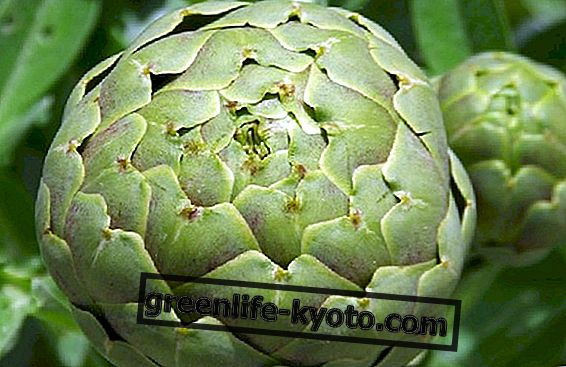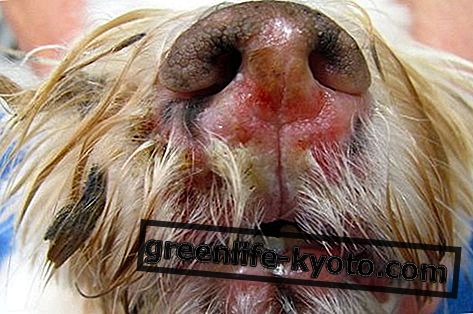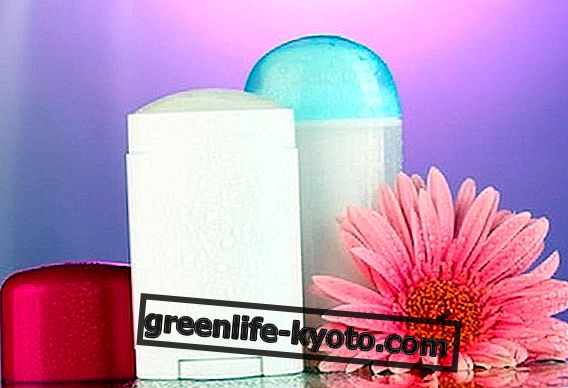
Echinacea angustifolia is a herbaceous plant belonging to the Asteraceae family (also known as Compositae), the genus Echinacea also includes other species of which only two other have phytotherapeutic interest: E chinacea purpurea and Echinacea pallida. The three species have an active phytocomplex very similar in composition so they are often used for the same therapeutic uses.
Echinacea is native to North America, the Indians used it for external applications in order to facilitate wound healing; today the genus echinacea is also cultivated in Europe .
The Echinacea angustifolia has an erect habit with a stem that can reach 150 cm, has a very large and characteristic flower that blooms in summer, its leaves are lanceolate and irregular.
The "drug", that is the part of the plant that supplies the pharmacologically active phytocomplex, is the root; in the other species the whole external part is also used.
The phytocomplex is composed of many substances, some of which are not well identified, among which however the following are of therapeutic importance: echinacin, echinacoside, arabinogalactan, some alkylamides.
Use in therapy
The Echinacea angustifolia has many properties among which the most important are used to strengthen the immune system against infections and in particular against those that support the typical winter colds: sore throat, cough, cold, flu, nose closed, bronchitis .
Supplements based on echinacea extracts are therefore recommended for those particularly prone to these winter ailments both at the change of season and when the first symptoms appear; echinacea, in fact, not only strengthens the immune system but also acts directly on the tissues that make up our body to make them better resist infections already started .
Echinacea is equally effective both against viral infections (typical of colds) and bacterial infections (which can appear as '' superinfections '' during seasonal illnesses).
Echinacea is therefore an "adaptogenic" drug in the immune sense because it stimulates the body to defend itself against micro-organisms.
Warning: Natural immunostimulants should not be considered as an alternative to influenza vaccinations that doctors recommend in those at risk.
Attention: Echinacea supplements should not be used by people suffering from allergic reactions (particularly those allergic to other plants belonging to the Compositae, such as chamomile); also echinacea should not be used by children under 12 years of age and not even by pregnant or lactating women (see contraindications).
The therapeutic action of echinacea
The phytocomplex carries out various synergistic actions aimed at combating infections, the most important of which are the following:
1) Immunostimulant
The action is non-specific (ie directed towards all foreign particles) and is expressed by the induction of macrophages by the arabogalactan.
Macrophages are cells of the immune system appointed to absorb and inactivate germs, the arabogalactan stimulates their activity. Furthermore, macrophages also activate all the other cells of the immune system through chemical messages.
Finally, it seems that echinacea is able to activate a particular protein substance of our body called '' properdina '' which has immune activity.
2) Reinforcing the fabrics
Echinacea also acts directly on the tissues that make up our body, reinforcing them against infections already in place; in particular we have seen that the echinacin contained in the plant is able to inhibit an enzyme called '' hyaluronidase '' .
This enzyme is often present in many germs and is used by them to degrade hyaluronic acid (an essential component of connective tissue) so as to alter the permeability of the tissue and promote the spread of infection.
Echinacin inhibits hyaluronidase and therefore promotes the stability of hyaluronic acids by preventing the spread of the infection that remains limited to the starting point.
Furthermore echinacea promotes the activity of fibroblasts (cells responsible for the formation of the extracellular part of connective tissue) and in this way further limits the spread of infection and promotes the regeneration of injured tissues (from the infection itself or from trauma such as a wound).
3) Anti-inflammatory
Echinacea also has anti-inflammatory activity and therefore alleviates the symptoms resulting from a seasonal infection, this activity would seem due to the plant's ability to stimulate the adrenal glands to release our anti-inflammatory hormones.
4) Antioxidant
Echinacea exhibits antioxidant activity against damage caused by free radicals, thus preserving the structural integrity of our tissues by promoting resistance to infections; this activity appears to be supported by the derivatives of caffeic acid present in the plant.
Echinacea supplements
Echinacea supplements must show on the label not only the species used but also the part of the plant used, the percentage of extract and the concentration of the main active ingredients (echinacoside and polysaccharides).
NB Echinacea supplements must not be used for more than 10 consecutive days.
Possible side effects
The most possible undesirable effect is the appearance of allergic or hypersensitivity reactions, this can occur in particular in predisposed subjects (see contraindications).
Contraindications
Pediatrics, Pregnancy, Lactation. Echinacea should not be used by children under the age of 12 or by pregnant or nursing women.
Diseases: Echinacea should not be used if the following pathological conditions are present, or have occurred in the past:
> allergic diseases, atopy, erythema nodosum, leucosis, connective tissue disease;
> multiple sclerosis, autoimmune diseases, immune disorders, immune infections;
> sarcoidosis, tuberculosis, histological therapies, organ or marrow transplants;
> neoplasms, leukemias, agranulocytosis.
Allergies and hypersensitivity
When you buy a supplement, or a drug, it is always recommended to observe the composition together with the pharmacist, both regarding the active ingredients and the excipients, to avoid any allergic reactions.
Warning: these reactions can also appear following exposure to substances that are chemically similar to those that have given you an allergy; in fact echinacea should not be taken if you are allergic to other plants of the same family (the Compositae) such as, for example, chamomile .
In any case, it is prudent for all subjects predisposed to allergic reactions, even to completely different substances, to avoid taking or applying echinacea.
Interactions
Normally echinacea can interfere with the absorption of any drug due to its ability to make tissues less permeable, other types of interaction can occur in particular with the following drugs:
> immunosuppressant, antiviral, anticancer;
> methotrexate, cyclosporine, corticosteroids, paracetamol, midazolam, econazole.
If you use coffee, remember that echinacea could reduce the metabolism of caffeine .
Council
Before taking any supplement or drug it is good that it is recommended by a healthcare professional, and you should also report any illnesses in the past or past, and even if you are taking other drugs or supplements.
Also read Echinacea for cystitis >>













